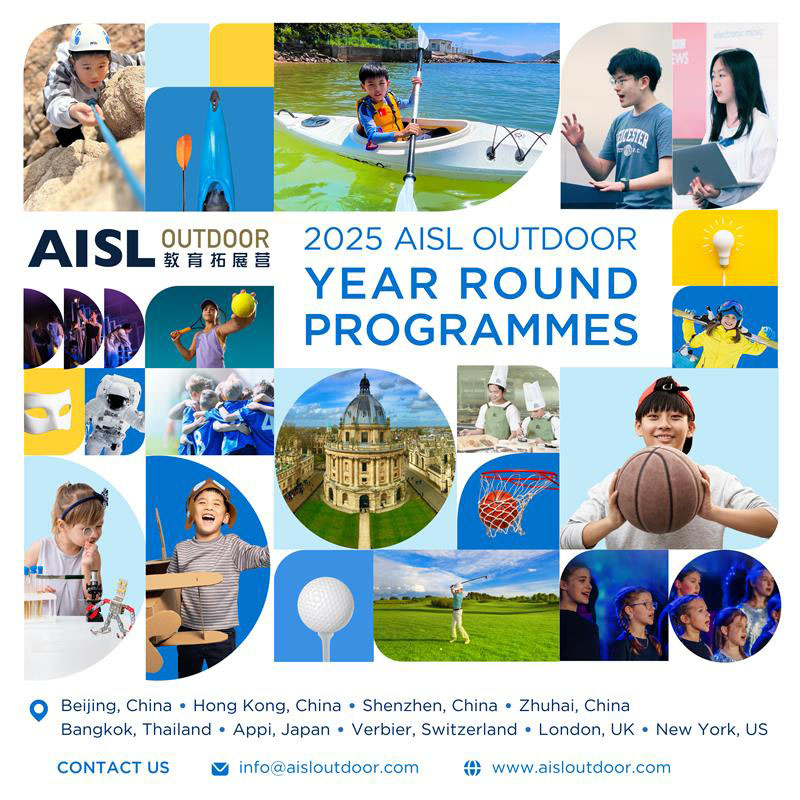In a year of shifting academic priorities and evolving graduate outcomes, the QS World University Rankings for 2026 bring fresh insights for families planning higher education pathways. With changes to the methodology, including a refined focus on employability, sustainability, and international collaboration, the rankings are more aligned than ever with what students and families care about most. Understanding these changes can help families make informed choices; especially as more Asian universities rise to meet and, in some cases, surpass global standards.
For parents and students exploring university options across the Asia-Pacific, this year’s results offer cause for optimism. From Singapore to Hong Kong, institutions such as the National University of Singapore (NUS), Nanyang Technological University (NTU), and the University of Hong Kong (HKU) are showcasing strong performance in global rankings and graduate outcomes. In this article, we explore what’s new in the 2026 QS rankings, highlight standout performers, and offer practical takeaways for navigating university decisions with confidence.
What’s Changed in the 2026 QS Rankings?
The 2026 QS World University Rankings reflect a stronger emphasis on the evolving priorities of students, employers, and global academic communities. This year’s methodology introduces several significant adjustments that reshape how universities are measured, and who rises in the ranks.
A Greater Focus on Employability and Sustainability
QS has refined two key indicators this year:
Employment Outcomes: This metric now accounts more precisely for the reputation of a university among global employers, as well as the career trajectories of its graduates. Institutions with robust alumni networks and a strong track record in job placements have seen noticeable gains.
Sustainability Impact: Building on recent years, QS has placed greater weight on how universities contribute to environmental and social goals. Institutions that embed sustainability into their research, teaching, and campus operations scored higher.
Increased Recognition of Regional Strengths
Another shift is the more balanced regional weighting in global comparisons. Asian universities, in particular, have benefited from this recalibration. The rankings now do more to recognise institutions that are excelling within their own regions, particularly in areas such as technology, innovation, and internationalisation, placing them in fairer comparison with traditional Western institutions.
Asia’s Rising Stars in Global Rankings
While global heavyweights like MIT and Oxford continue to dominate the top of the QS table, 2026 has brought notable progress from Asian universities, with many outperforming their global counterparts in innovation, research output, and graduate employability.
Standout Performers from the Region
Several universities across Asia have gained ground:
National University of Singapore (NUS) holds its place as Asia’s top-ranked university, once again making the global top 10 thanks to its leadership in sustainability, tech innovation, and international collaboration.
Nanyang Technological University (NTU) also climbed higher, aided by strong research metrics and growing employer reputation.
University of Hong Kong (HKU) and The Chinese University of Hong Kong (CUHK) performed well in international faculty ratios and academic reputation, reinforcing Hong Kong’s continued appeal for transnational education.
Seoul National University (SNU) remains in the global top 40, thanks to its high citation rates and strong academic partnerships.
From Thailand, Chulalongkorn University remains the nation’s top performer, showing gains in academic reputation and international student numbers.
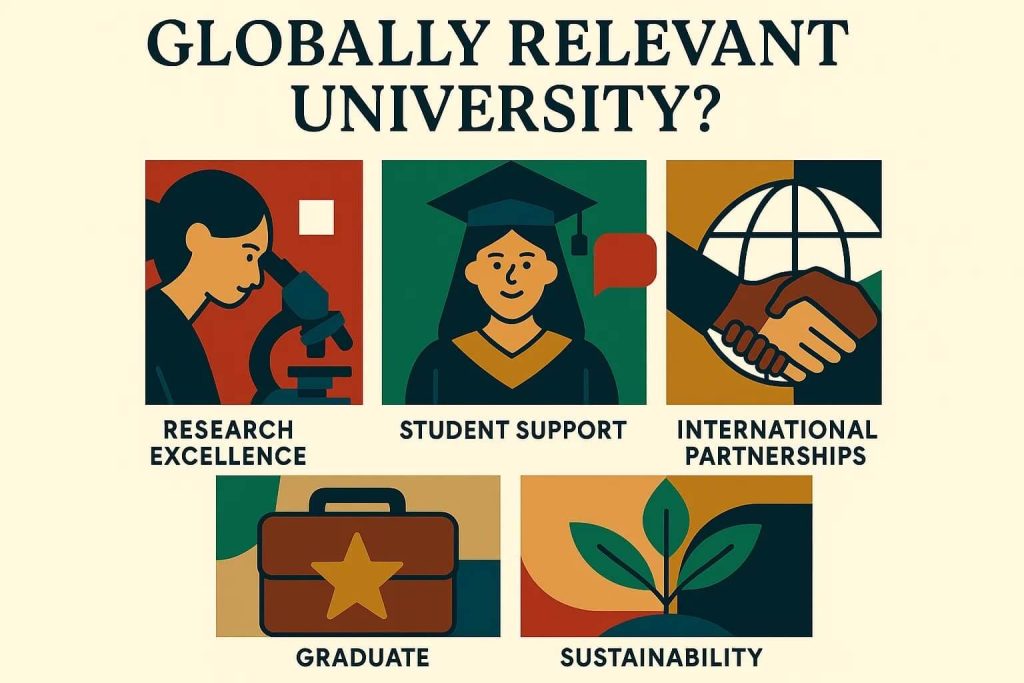
Trends Shaping Asia’s Success
Many of these institutions are investing heavily in:
- Regional partnerships and cross-border research
- Cutting-edge STEM facilities and industry integration
- Initiatives supporting student wellbeing and global mobility
Interpreting the Rankings and What Families Should Focus On
While university rankings can offer helpful indicators, they don’t tell the full story, and families should approach them with context and curiosity rather than fixate on league table positions alone.
Beyond the Numbers
It’s easy to be swayed by a university’s position in the top 50, but this doesn’t always reflect how well that institution fits a student’s goals or personality. For example:
- A university with a lower global rank may have exceptional undergraduate support, strong pastoral care, or unique specialisations in certain subjects.
- Some institutions score lower on reputation but rank highly for research impact, industry links, or international outlook, which are all important markers for a globally relevant education.
Instead of just looking at overall score, parents and students should explore subject-specific rankings, employability scores, and teaching environments.
Tailoring Rankings to Personal Fit
To help students make informed decisions, encourage them to:
- Review faculty-to-student ratios and teaching satisfaction scores.
- Consider campus culture, extracurricular offerings, and diversity of the student body.
Ask: Does this university support the kind of learning experience I want?
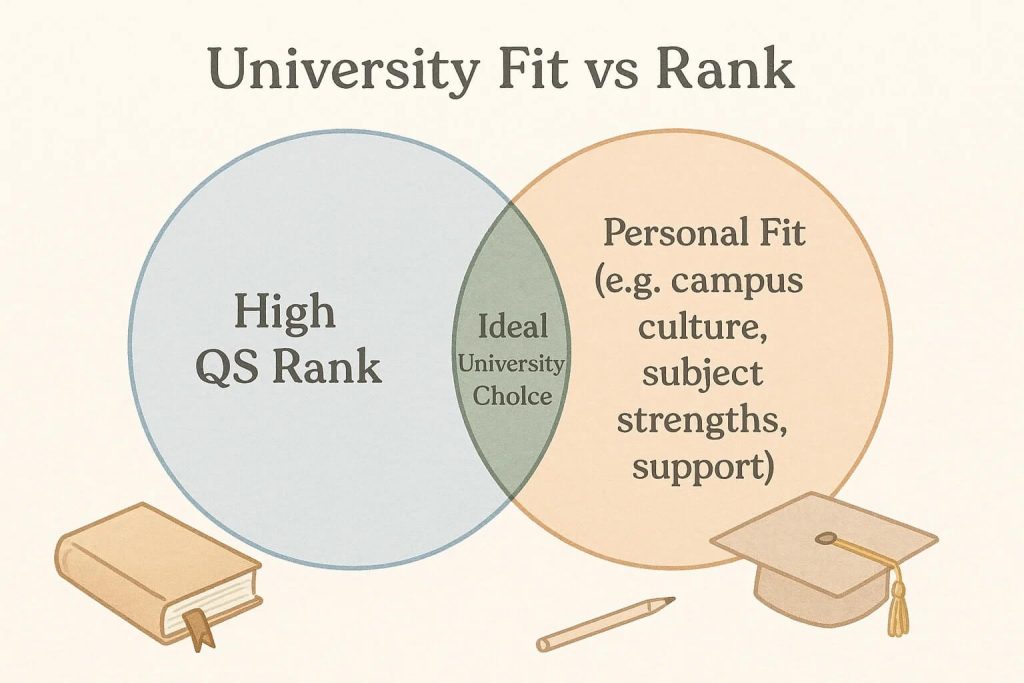
Elephant Parenting
The 2026 QS World University Rankings reveal much about the evolving landscape of global higher education, particularly Asia’s growing prominence. But while rankings offer a helpful benchmark, they should not be the only factor guiding university choices.
Families are encouraged to view rankings as one piece of a larger puzzle, a tool that highlights possibilities rather than dictates decisions. What truly matters is aligning academic opportunities with a student’s passions, strengths, and long-term goals.
As international education continues to diversify and expand, staying informed about ranking shifts and regional developments can help parents and students make more confident, well-rounded choices. For more insights and support on navigating global education trends, visit AISL Mall.
Curriculum and Guides that may be of interest:
Get a special discount by quoting code AISLMALL during CHECKOUT.
3Education: StoryTellAR
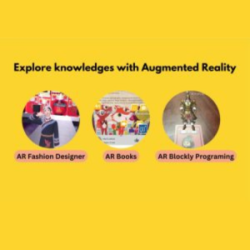
StoryTellAR is an online and remote platform designed specifically to connect offline materials seamlessly with interactive digital content, using Computer Vision (Augmented Reality). With a user-friendly user interface, curators can use their mobile phone to associate audio recordings, videos and other digital interactions such as audio, AR video plane and URL to any artworks. The corresponding digital content customized by their very own creators will pop up, making the book seamless, personalized and effective.
AlGreen: E-book
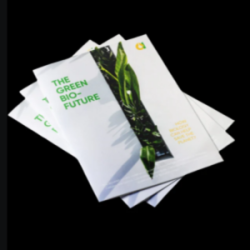
AlGreen is at the forefront of developing microalgae technology for air purification and carbon capture, driving a sustainable future. AlGreen’s ebook introduces young learners to biology’s wonders and its role in sustainability. Covering cellular and plant biology, climate science, and future biotech like carbon capture and renewable energy, it inspires environmental stewardship and a passion for protecting our planet.
Chinese 1-2-Tree: Leveled Reading Platform For Pre-k To Grade 8

Chinese 1-2-Tree is a unique leveled reading interactive learning platform designed to provide progressive leveled reading starting with 20 basic characters. Chinese 1-2-Tree offers literacy essentials for every PreK-8 Chinese classroom. We offer a complete solution for reading instruction and student practice, perfect for use in class and at home. Rely on our easy-to-use resources to build foundational skills and strengthen reading comprehension.
Codementum: Gamified Coding Training Platform and Coding Curriculum

Codementum offers a fun, interactive platform to teach kids coding through block-based and text-based languages like Python and JavaScript. Kids learn to create mobile games, apps, and AI projects at their own pace, with gamified courses, self-guided challenges, and resources for all experience levels.
NovaAcademy: Ready-to-Go Curriculum Sets

Novalearn Limited is an EdTech company transforming education by seamlessly integrating machine learning, studio-produced edutainment, and quality STEAM education aligned with international K-12 curricula. All the teaching resources you need for fun and enriching classes, created by the NovaLearn team of experienced educators and industry experts. Each curriculum set includes Project lesson plans, Engaging videos, Interactive activity sheets and Skill-building exercises
Oxford University Press Cambridge IGCSE/O Level/AS & A Level Exam Success Revision Guides
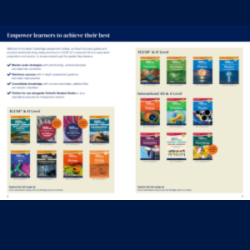
Oxford University Press is a department of the University of Oxford. It furthers the University’s objective of excellence in research, scholarship, and education by publishing worldwide. Cambridge Exam Success Guides from Oxford University Press provide unique exam support and revision guidance for Cambridge IGCSE & O Level and AS & A Level students. Matched to the latest Cambridge assessment criteria. Perfect for use alongside Oxford Resources for Cambridge Student Books or as a standalone resource for independent revision.
SAM Labs: STEAM Pathway Schoolwide Annual Subscription

SAM Labs, an award-winning EdTech company, empowers over 9,000 schools in 60+ countries with innovative Coding and STEAM tools. Students create projects like smart city lighting and solar habitats while meeting curriculum standards, inspiring problem-solving and fostering teacher creativity.






